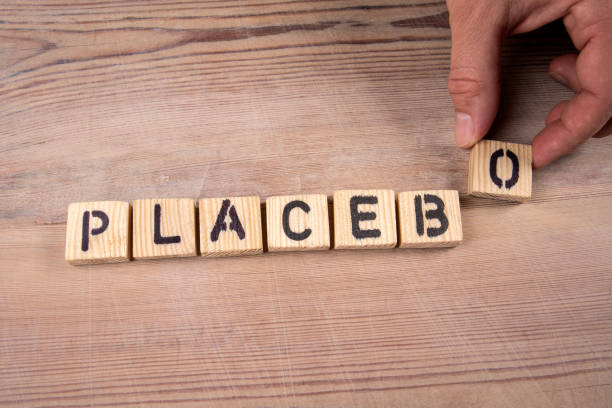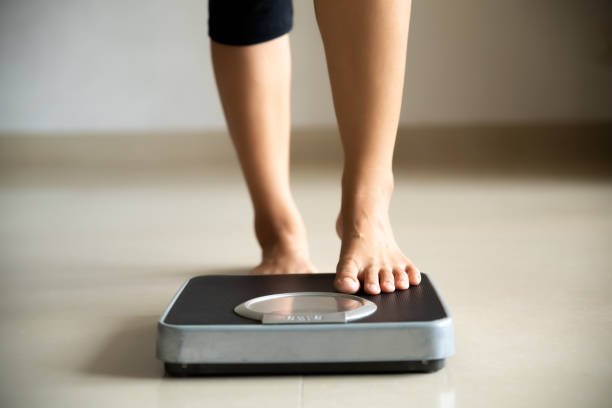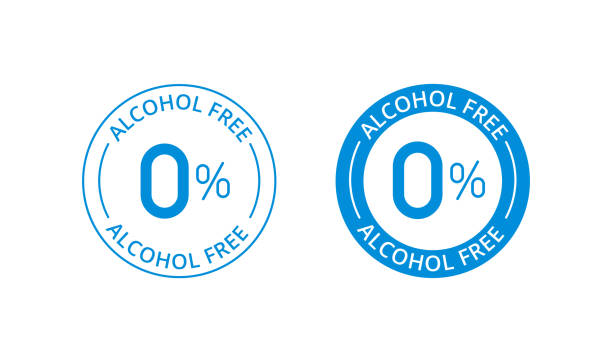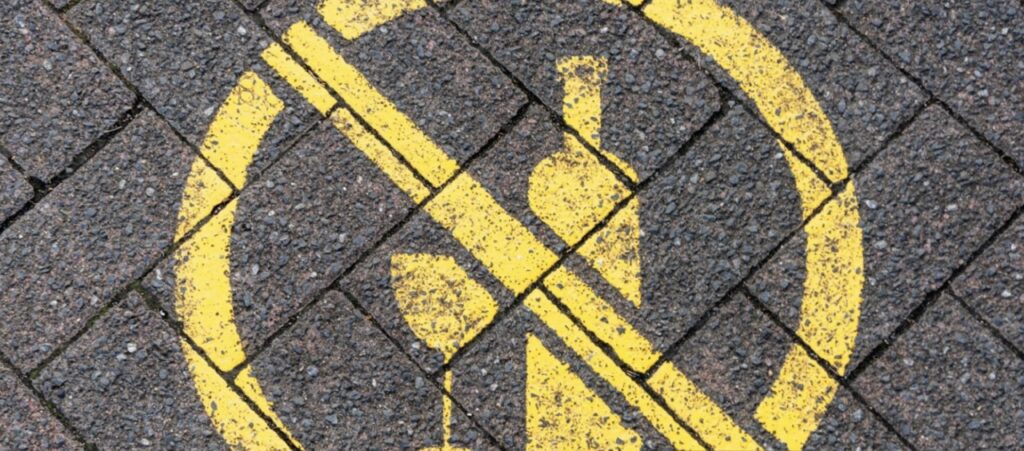Diet & Nutrition, What to Eat and Drink
Are Alcohol-free Drinks Bad For You
In recent years, alcohol-free drinks have grown in popularity, with an increasing number of consumers choosing non-alcoholic options. Many people avoid alcohol for a variety of reasons, including religious convictions, health concerns, and personal preferences. However, there is significant controversy about whether alcohol-free drinks are healthy or not.
In this article, we will talk about the impacts of alcohol-free drinks, its comparison with alcoholic beverages, long-term health risks, and psychological considerations.

Health Impacts of Alcohol-Free Drinks
Nutritional Content
Alcohol-free drinks can be a healthier option than alcoholic beverages. They frequently include fewer calories and no alcohol, making them an excellent choice for people looking to avoid the harmful health consequences of alcohol. However, not all alcohol-free beverages are made equal. Some may include high levels of sugar or artificial sweeteners, which can be harmful to your health.
Sugar and Sweetener Levels
Many alcohol-free beverages include significant amounts of sugar or artificial sweeteners, which can cause weight gain, tooth damage, and other health issues. It is critical to read the label and select beverages that are minimal in sugar and artificial sweeteners. Some good possibilities include water, herbal tea, and non-concentrated fruit juice.
Artificial additives
Some alcohol-free beverages may contain artificial ingredients such as preservatives, colors, and flavors. These additives can be detrimental to your health, especially if consumed in significant quantities. It is critical to read the label and select beverages that are devoid of artificial additives.
Hydration and Diuretic Effects
Alcohol-free beverages can be an excellent source of hydration, particularly if they are low in sugar and chemical additives. However, some liquids may have a diuretic effect, resulting in dehydration. Water, herbal tea, and coconut water are all hydrating liquids that have no diuretic properties.

Psychological and Social Considerations
Placebo Effect
Some people have reported experiencing a placebo effect after drinking alcohol-free beverages. The act of drinking something that looks and tastes like alcohol might elicit the same psychological response as consuming actual alcohol. Even though the drink contains no alcohol, it might cause sensations of relaxation and lowered inhibitions. However, it is crucial to highlight that this effect may not be felt by everyone, and the full degree of its effects is currently being investigated.
Social Inclusion and Peer Pressure
Many social gatherings include alcohol, which can make people who prefer not to drink feel excluded or compelled to drink. Alcohol-free beverages can be an option for these people, allowing them to join in social gatherings without feeling excluded. Furthermore, those in recovery from alcoholism may find that alcohol-free beverages help them escape peer pressure to drink alcohol while maintaining their sobriety.
Impact on Recovery for Alcohol Dependence
Consuming alcohol-free drinks can assist those in recovery from alcoholism maintain their sobriety. However, some alcohol-free drinks may contain trace levels of alcohol, so read labels carefully and select drinks that are truly alcohol-free. Furthermore, individuals in recovery should be aware of their motivations for using alcohol-free beverages and avoid utilizing them as a substitute for genuine alcohol.
Overall, alcohol-free beverages might be a useful alternative for people who prefer not to drink or are recovering from alcoholism. However, it is critical to be aware of the potential placebo effect and to select beverages that are actually alcohol-free.

Alcohol-Free Drinks Versus Alcoholic Beverages
Calorie Comparison
Alcohol-free drinks are frequently advertised as a healthier alternative to alcoholic beverages, but how do they compare in terms of calories? The answer is contingent on the exact drinks being compared. Some alcohol-free beers and wines may have comparable calorie counts to their alcoholic counterparts, while others may contain much fewer calories.
For example, a 12-ounce can of ordinary beer contains approximately 150 calories, whereas a 12-ounce can of non-alcoholic beer typically contains between 70 and 100 calories. Similarly, a 5-ounce glass of red wine has approximately 125 calories, whereas a 5-ounce glass of non-alcoholic red wine may contain only 20-30 calories.
Long-Term Health Risks
While alcohol-free drinks have less calories than alcoholic beverages, there are certain long-term health hazards connected with their consumption. One source of concern is that many alcohol-free beverages include a lot of sugar, which can lead to weight gain and other health problems if drank in excess.
Furthermore, certain alcohol-free beverages may contain artificial sweeteners or other ingredients that can have long-term harmful health consequences. However, further research is required to properly comprehend the long-term health concerns connected with drinking alcohol-free beverages.
Immediate Physical Effects
In terms of immediate physical impacts, alcohol-free drinks are typically thought to be safer than alcoholic beverages. Alcohol is a depressant that can impair coordination, judgment, and other cognitive skills; however, alcohol-free beverages do not have these effects.
However, it’s crucial to know that some alcohol-free drinks may still contain tiny levels of alcohol, which could cause a minor sedative effect. Additionally, some people may experience harmful bodily effects after eating specific chemicals in alcohol-free drinks, such as caffeine or artificial sweeteners.
Overall, while alcohol-free drinks may be a healthier alternative to alcoholic beverages in some cases, it is critical to analyze the precise contents and potential dangers connected with their consumption.

Market Trends and Consumer Behavior
Popularity and Availability
In recent years, the market for alcohol-free beverages has expanded rapidly. This development is mostly driven by consumers seeking healthier alternatives to typical alcoholic beverages. Alcohol-free drinks are becoming more widely available in supermarkets, pubs, and restaurants due to increased demand.
Beer, wine, and cocktails are popular non-alcoholic beverages. The demand for alcohol-free beer has grown, and several breweries are now making non-alcoholic versions of their most popular brews. Alcohol-free wine has also gained popularity, with many wineries now manufacturing alcohol-free versions of their products.
Marketing Strategies
Marketing methods for alcohol-free beverages have moved to emphasize the health benefits of these goods. Advertisements frequently emphasize the low calorie and sugar content of these drinks, as well as the fact that they are safe for persons who drive or are pregnant.
Many companies use social media and celebrities to promote their alcohol-free beverages. This has helped to increase awareness of these items among younger, health-conscious consumers.
Consumer Motivations
Consumers prefer to consume alcohol-free beverages for a variety of reasons. Some people seek healthier alternatives to alcohol, while others may shun it for religious or cultural reasons.
Many people want to drink alcohol-free beverages as part of a larger trend toward sobriety. This technique, known as “mindful drinking,” is gaining popularity among younger consumers looking for ways to minimize their alcohol consumption without totally abstaining.
Overall, the market for alcohol-free beverages is expanding, driven by customer demand for healthier and more mindful drinking alternatives. As more companies enter the market, the availability and variety of alcohol-free drinks are expected to grow.

Regulatory and Safety Standards of Alcohol-Free Drinks
Labeling Requirements
The Food and Drug Administration (FDA) regulates alcohol-free drinks in the United States. The FDA requires that all non-alcoholic beverages be precisely and clearly labeled in order to avoid confusion with alcoholic beverages. The labeling standards include the product’s name, ingredients, and nutritional information.
Furthermore, the FDA mandates that any alcohol-free beverage with more than 0.5% alcohol by volume (ABV) be labeled as “contains less than 0.5% alcohol by volume” or “alcohol-free.” This guarantees that customers are aware of any traces of alcohol in their beverages.
Alcohol Content Regulations
The Alcohol and Tobacco Tax and Trade Bureau (TTB) controls the alcohol content of all beverages in the United States, including alcohol-free options. The TTB mandates that any beverage having an ABV more than 0.5% be categorized as an alcoholic beverage and subject to the same restrictions as alcoholic beverages.
However, the TTB allows a tiny quantity of alcohol in non-alcoholic beverages as long as the ABV is less than 0.5%. This minor amount of alcohol is often produced during the fermentation process or through the use of flavorings or extracts.
Safety Guidelines and Recommendations
While alcohol-free beverages are generally regarded as safe, there are some safety rules and recommendations that consumers should be aware of. Pregnant women and people with liver disease or other medical issues, for example, should check with their doctor before drinking any alcohol-free beverages.
Furthermore, those suffering from alcohol addiction should exercise caution when ingesting alcohol-free beverages, since they may trigger cravings or lead to relapse. Before drinking any beverage, always read the label to learn about the ingredients and potential risks.
Conclusion
Alcohol-free drinks have grown in popularity in recent years, with many people seeing them as a healthier alternative to typical alcoholic beverages. While these drinks may appear to be a decent option for people trying to reduce their alcohol intake, it is vital to examine their potential health risks.
One potential issue with alcohol-free beverages is their sugar level. Many of these beverages are sweetened with sugar or artificial sweeteners, which can lead to weight gain and other health problems if consumed excessively. It is critical to read labels carefully and select drinks that are low in sugar or sweetened with natural ingredients such as stevia or fruit juice.
Another factor to consider is that alcohol-free drinks may contain additional ingredients or preservatives that are harmful to one’s health. Some brands may utilize fake colors, flavors, or additives to improve the taste or appearance of their products. It is critical to choose drinks manufactured from natural components wherever possible.
Overall, while alcohol-free drinks might be a useful alternative for people trying to cut back on their alcohol consumption, they must be chosen carefully and with consideration for their potential health effects. Consumers can incorporate these beverages into a balanced and healthy lifestyle by carefully reading labels and selecting drinks prepared with natural components.
Journey of self discovery


